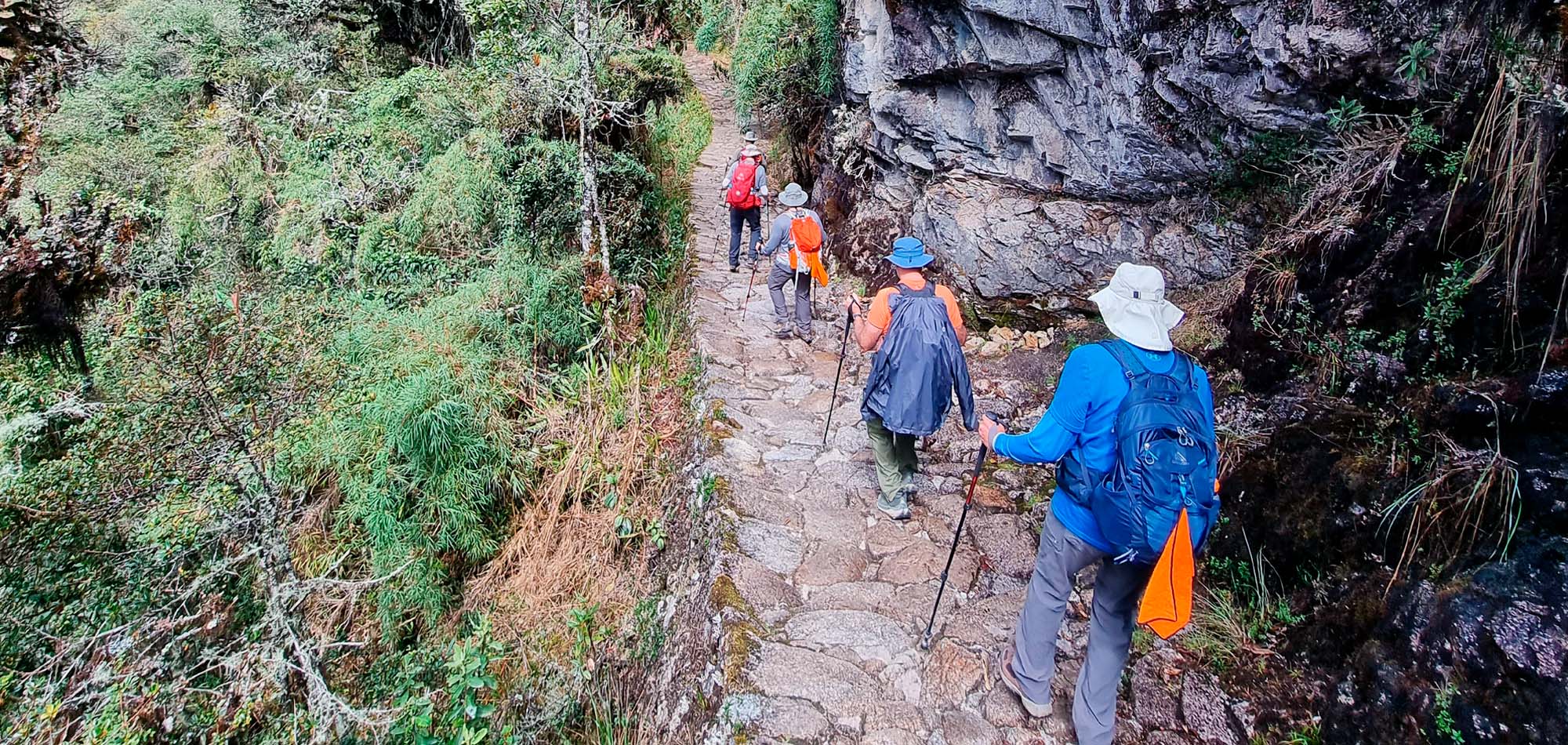
The 4-day Inca Trail trek is a challenging and physically demanding hike. It covers a distance of approximately 42 kilometers and involves hiking at high altitudes, with the highest point of the trek being Dead Woman’s Pass at an elevation of 4,215 meters above sea level.
The hike includes steep ascents and descents, uneven terrain, and long stretches of stone steps, which can be strenuous on the knees and legs. Additionally, hikers must carry their gear, including camping equipment, clothing, and personal items, which can add to the physical demand of the trek.
Prepare physically for hiking the Inca Trail Trek, one of the world’s most awe-inspiring hikes. Below, we delve deeper into how to best train for the Inca Trail Trek.
Being physically and mentally well-prepared ensures an enjoyable and successful hiking experience. At Orange Cares Peru, we have compiled training tips that will help you get in shape for this once-in-a-lifetime trek to the sacred ruins of Machu Picchu.
Preparation can start anywhere from 2 to 6 months in advance, depending on your current fitness level. Conquer this trail like a pro.
To prepare for backpacking in Peru, it is essential to gain aerobic fitness, strength, and mobility. Don’t forget mental strength!
A well-rounded fitness routine will help you prepare for trekking in Peru. Prioritize cardio (aerobic) training, strength, mobility, and mental fortitude. Aerobic and strength endurance will allow you to hike for miles without wearing out.
Strength training will give you the ability to physically handle the hike with supplies on your back. Mental fortitude is key to keeping your mind sharp and focused on the challenge ahead.
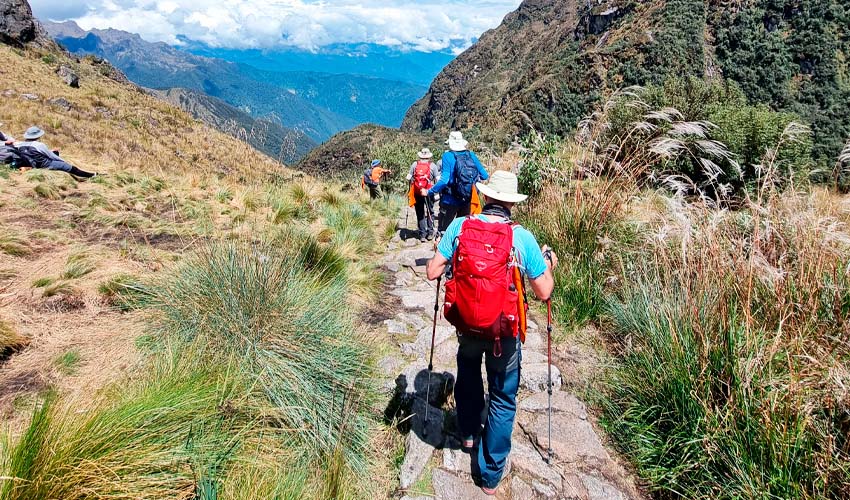
Zone 2 is the zone your body is in when your body uses fat as fuel and is ideal for long endurance efforts. To train Zone 2, keep your heart rate at 70-80% of your max heart rate. For example, 126-144 bpm would be a zone 2 workout if your max heart rate is 180 bpm.
Run and hike at your Zone 2 effort, but don’t neglect harder running efforts. At least one cardio effort a week should be dedicated to High Intensity training and one session to Zone 2. Whether you incorporate HIIT workouts or tempo runs, make sure you get your heart rate near your max heart rate.
When preparing for a long trek, a few ideas for home workouts include interval training and hill repeats. Walking can be incorporated into long, steady workouts. On the other hand, running can be done for long endurance efforts and intense intervals.
Hills should be incorporated into your home training plan for building up your threshold. Find a good hill or part of a hike that is challenging and get in some reps!
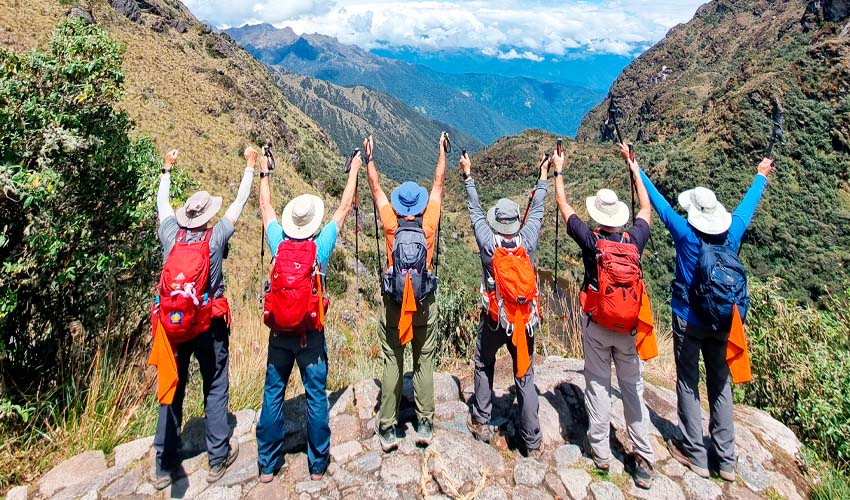
Hill sprints can be done for time or distance. The hill sprint workout can also be done at a variety of steepness. Here are some samples to help you get started. Sprints are great for speed and strength building.
Adjust the workouts for your fitness level and always warm up!
Running intervals are great for aerobic and threshold training. It is easy to have lots of variety. This list is in order of intensity, but each workout can be more or less intense to fit into any home fitness routine as you prepare for high-elevation hiking.
A long hill run, that is continuously uphill is a wonderful way to increase fitness and stamina. And it won’t take long!
Finding a trail with a constant incline is the key. Try to reach 1 mile without stopping. Increase the mileage without stopping. Try to get to 6 miles and test that lactate threshold!
This workout can also be done on time. Try 10 min, 30 min, and 1 hour!
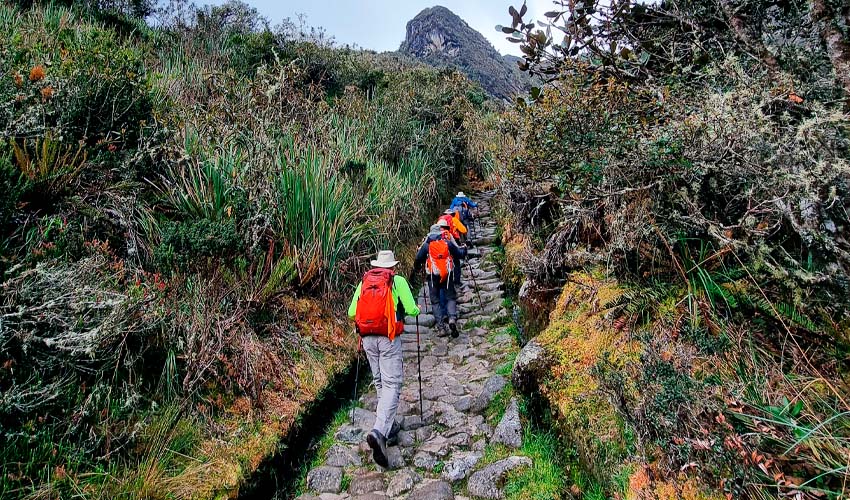
Walking might seem basic compared to other forms of exercise, however its significance cannot be overlooked while preparing for treks like the Inca Trail. Regular walking helps condition your body for long spells of walking, thereby minimizing the risk of injury during actual hikes or climbs.
Walking is a great option for active recovery as well. Even a 30-minute brisk walk can clear your mind and give you a small cardio boost.
When it comes to prepping for Peru’s mountain treks, building cardiovascular endurance is non-negotiable. Mix up cardio training with hiking, running, swimming, rock climbing, or even Zumba!
Some Intensity intervals to try are an equal effort to equal rest. For example, 1 min “on” and 1 min “rest”. Or a ladder interval such as 2 sets of (5-4-3-2-1 min “On” with a 1 min rest in between reps. “On” refers to 80-100% effort, while “rest” would be active recovery, such as stretching or walking.
HIIT Interval training can be done with cardio or weight training. When Interval training is combined with weights can compound your efforts and prepare you for the trek ahead.
Max intense efforts of weighted jump squats, burpees, squats to overhead presses, and more are great examples. Using a lower weight but at a faster intense pace for 30-90 seconds of high intensity, followed by a short 30-90 second rest. Depending on your fitness level, try 2-5 sets of 3-7 exercises.
The amount of rest to the amount of work has variations depending on your goals. For example, when preparing to backpack in Peru, you will want to focus more on aerobic HIIT. Anaerobic is higher in intensity with longer rest, and better suited for training for speed.
A 1:1 ratio would be 1 minute of intense work and 1 minute of rest. 30:30 would be 30 seconds of work and 30 seconds of rest. A lower rest session can make a workout more intense. For example, 30:10 is a 30-second work and 10-second rest.
Try 30 seconds of work and 10 seconds of rest:
Home Gym Equipment to Help Prepare for traveling at High Altitudes
There are many ways to prepare for backpacking, but the fact is a backpacking trip will be longer and more challenging than a single workout can offer.
To prepare best for an intense and long backpacking trip, increase the intensity of your home workouts with equipment.
The journey to Machu Picchu isn’t just about endurance. It’s also about preparing your body, specifically building core strength.
In essence, a strong core can provide balance on rocky terrain while reducing injury risk during high-altitude trekking.
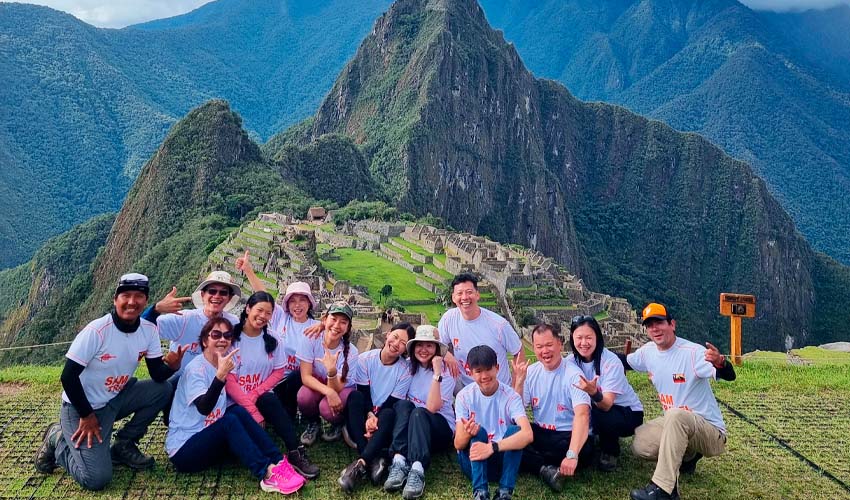
If you’re looking to build up those essential muscle groups and your core muscles consider incorporating BOSU ball exercises into your training plan.
This half-dome-shaped tool challenges multiple areas at once – perfect for simulating uneven terrains encountered on treks such as the Inca Trail.
The unstable surface is challenging and requires stability. Core Stability is a great asset for backpacking.
Examples:
It’s clear that focusing time each week towards strengthening these critical areas will pay dividends come hike day through Peru’s breathtaking landscapes.
Resistance & Weight Training for Muscle Strength
If you are planning a trek like the Inca Trail, it’s essential to consider resistance and weight training. These exercises help develop strength in key muscles used during hiking.
“Weight training and resistance training” is a phrase that denotes physical activity in which the muscles have to confront some kind of resistance, for instance, weights or even your own body weight. This type of exercise can effectively build muscle mass and increase overall strength.
For a comprehensive strength building routine, incorporating weight training exercises such as squats, lunges, deadlifts, and push-ups is essential for traversing Peru’s high-altitude trails.
The squat is primarily targeted at strengthening the quadriceps but also engages core muscles along with calves, mimicking the motion needed when ascending steep slopes. It’s no wonder why they’re considered one of the best preparation moves for uphill treks.
Next up are lunges, another excellent lower-body workout that targets hamstrings alongside quads whilst improving balance; vital skills required traversing uneven paths found throughout our journey towards Machu Picchu.
Tackling the Inca Trail to Machu Picchu can be a trial of strength, but with proper preparation, you can succeed. Part of this preparation involves incorporating stretching into your training program.
Let’s delve into how dynamic stretches before workouts and static stretches after workouts can help lessen muscle soreness post-workout while improving flexibility for rocky terrain treks like Machu Picchu.
Ahead of any intense physical activity such as high altitude trekking or strength training sessions, warming up muscles through dynamic stretching is key. This type includes active movements that increase range of motion – think leg swings or arm circles.
Research suggests these types are beneficial in enhancing power when done pre-workout.
To ensure an effective warm-up routine on your path to conquering the Inca trail, incorporate them regularly during your weight training resistance sessions too. You’ll find they’re not just helpful for limbering up those core muscles but also vital for preventing injuries from sudden movements.
Moving onto what happens after working out: static stretches. These involve holding a stretch without movement (like hamstring or calf stretches) which aids recovery by helping relax and lengthen tired muscles post-exercise – essential if we want our bodies ready again quickly.
Remember that making both forms part-and-parcel within each session will greatly enhance overall performance levels whether it’s cardio exercises at home or tackling challenging terrains like the Inca trail.
So start integrating these techniques today; Your body will thank you later when facing down those steep inclines towards Machu Picchu.
Adjust this workout template for your current fitness level and the home gym equipment you have available.
Include a full warm-up and cool-down with your workouts! Hikes can be exchanged for brisk walks if there are no hikes in your area. When possible include a 2 or 3-day backpacking trip every other or every two weeks in preparation.
| HIIT for Strength 30 min-1hr. | ZONE 2 CARDIO1.5 hours | 10-mile Hike & Core | HIIT for Aerobic Training 45 min. | ZONE 2 Cardio 1 hr. & strength training 1 hr. | LONG HIKE 15 miles+ | REST |
Preparing for the Inca Trail and Machu Picchu trek is no small feat. But with a well-rounded diet, you can fuel your body effectively for this demanding journey.
Let’s explore how to leverage nutrition in order to optimize performance during high-altitude treks like these.
Your nutritional needs will change along with the progression of your training program leading up to the big day of tackling the Machu Picchu trekking trail. Let’s break it down:
Remember though: these tips serve only as general guidelines since individual dietary requirements may vary based on factors such as age, and current fitness level, among others.
To prepare for hiking in Peru, focus on cardio and interval training, core strength exercises, resistance, and weight training. Also, practice altitude acclimatization techniques at home.
Prepare your body by following a regular exercise routine including aerobic activities, muscle-strengthening workouts, and stretching. Proper nutrition is also key to fuel your trekking journey.
You can train physically by incorporating walking into your daily routine along with other forms of cardio like swimming or cycling. Building core strength is crucial as well as simulating altitude conditions at home.
Machu Picchu requires physical preparation through endurance-building exercises such as running or brisk walking, muscle-strengthening workouts like weight lifting, and maintaining proper hydration levels to cope with high altitudes.
Preparing for a trekking adventure in Peru requires diligent training and proper nutrition. From understanding the specifications of the Inca Trail to incorporating cardio and interval training into your routine, it’s all about building endurance.
A strong core is vital for stability during your trek while resistance and weight training fortify muscle strength. Remember, stretching techniques are key to prevent soreness and improve flexibility.
Simulating altitude conditions at home can help acclimate you before your journey begins. And don’t forget, fueling yourself right with a carbohydrate-rich diet will keep you energized throughout the hike.
Embarking on such an expedition demands not just physical readiness but mental determination as well. It’s time to gear up!